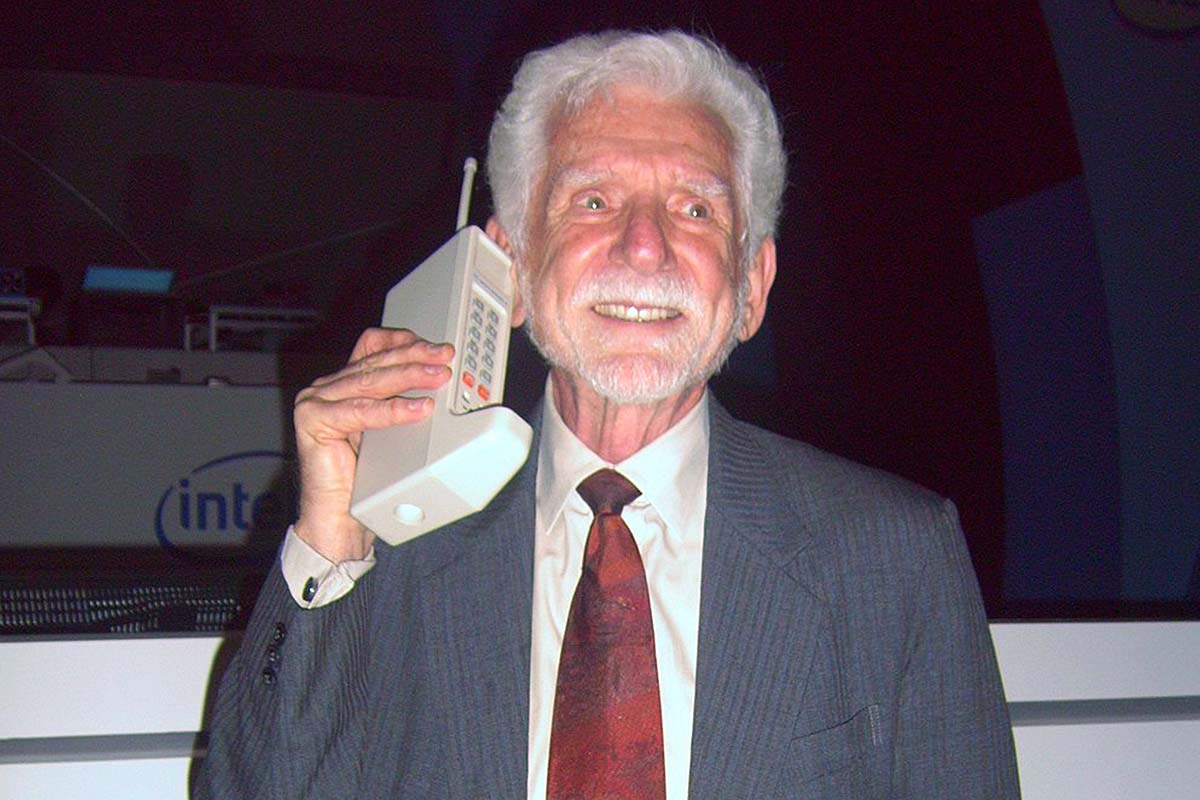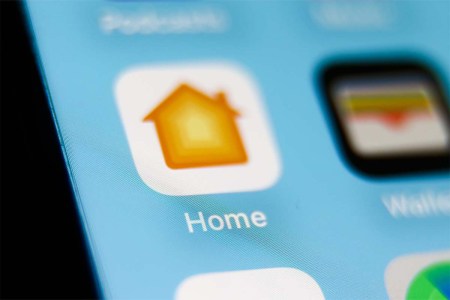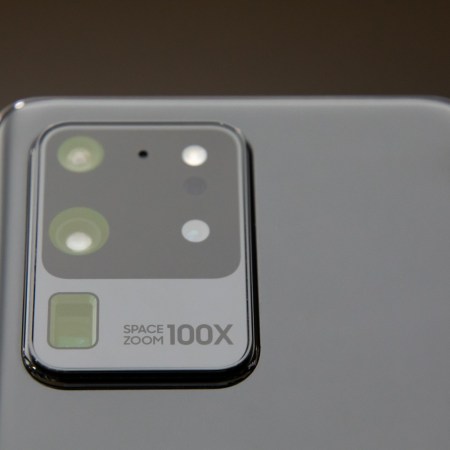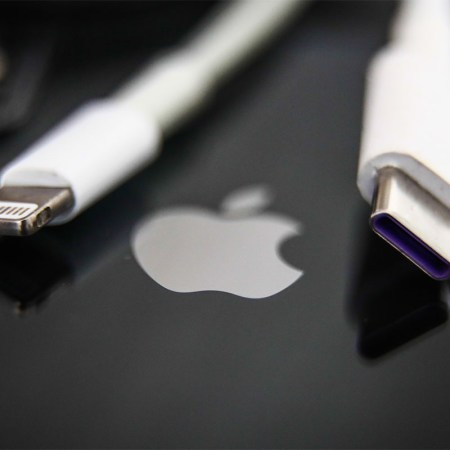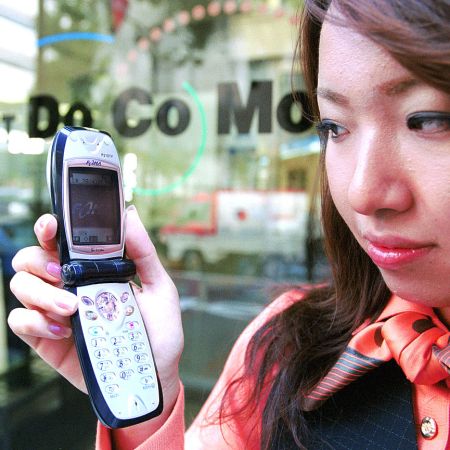On April 3, 1973, Martin Cooper made a life-changing call. On that afternoon, the Motorola executive stepped out onto New York’s Sixth Ave. to make what would become the first public cell phone call.
Fifty years later, it’s fun to look back on what passed for mobile service then and as opposed to now.
Cooper’s first call was to Joel Engel, who worked at rival tech company Bell Laboratories and ran that company’s nascent car phone program. His handset, the Motorola Dyna-Tac, measured 9″ x 5″ x 1.75″ and weighed 2.5 lbs. It had no display, took 10 hours to charge and had a talk time of 35 minutes.
As Cooper recounted in an interview last year: “I said, ‘Hi Joel, it’s Marty Cooper … I’m calling you on a cell phone, a real cell phone. A personal, handheld, portable cell phone.’ Silence at the other end of the line.” A short conversation then followed.
This Is (Probably) What the iPhone 15 Pro Will Look Like
A photo and render leak confirms a major change that has been in the works for a whileAll of which was quite a flex. “He deserved it,” Cooper noted to CBS last year. In a recent interview with the BBC, he expanded upon that thought, dismissing his rival’s intent to develop a car-based phone. “Could you believe that? So we had been trapped in our homes and offices by this copper wire for over 100 years — and now they were going to trap us in our cars!”
But it took 11 years for that Motorola prototype to make it out to the public. The Motorola Dynatac 8000X would cost the equivalent of $11,700 in today’s money — and still had no messaging, screen or other details you’d recognize in any phone made in the 21st century. “Basically, it was just dial the number and make the call,” Ben Wood of the Mobile Phone Museum told the BBC.
Cooper remains unimpressed with how cell phones have evolved, calling the modern version suboptimal. “Just think about it,” he says. “You take a piece of plastic and glass that’s flat — and you put it against the curve of your head; you hold your hand in an uncomfortable position; when you want to do these wonderful things that it can do, you have to get an app [first].”
While Cooper might be right on shape and use, the counterargument here is that an iPhone 14 Pro measures 5.81″ x 2.81″ x 0.31″ and weighs 7.27 oz. … while offering close to 24 hours of talk time. Which makes it a lot easier to talk smack.
(Photo: Rico Shen/Creative Commons license)
Thanks for reading InsideHook. Sign up for our daily newsletter and be in the know.
